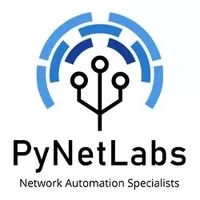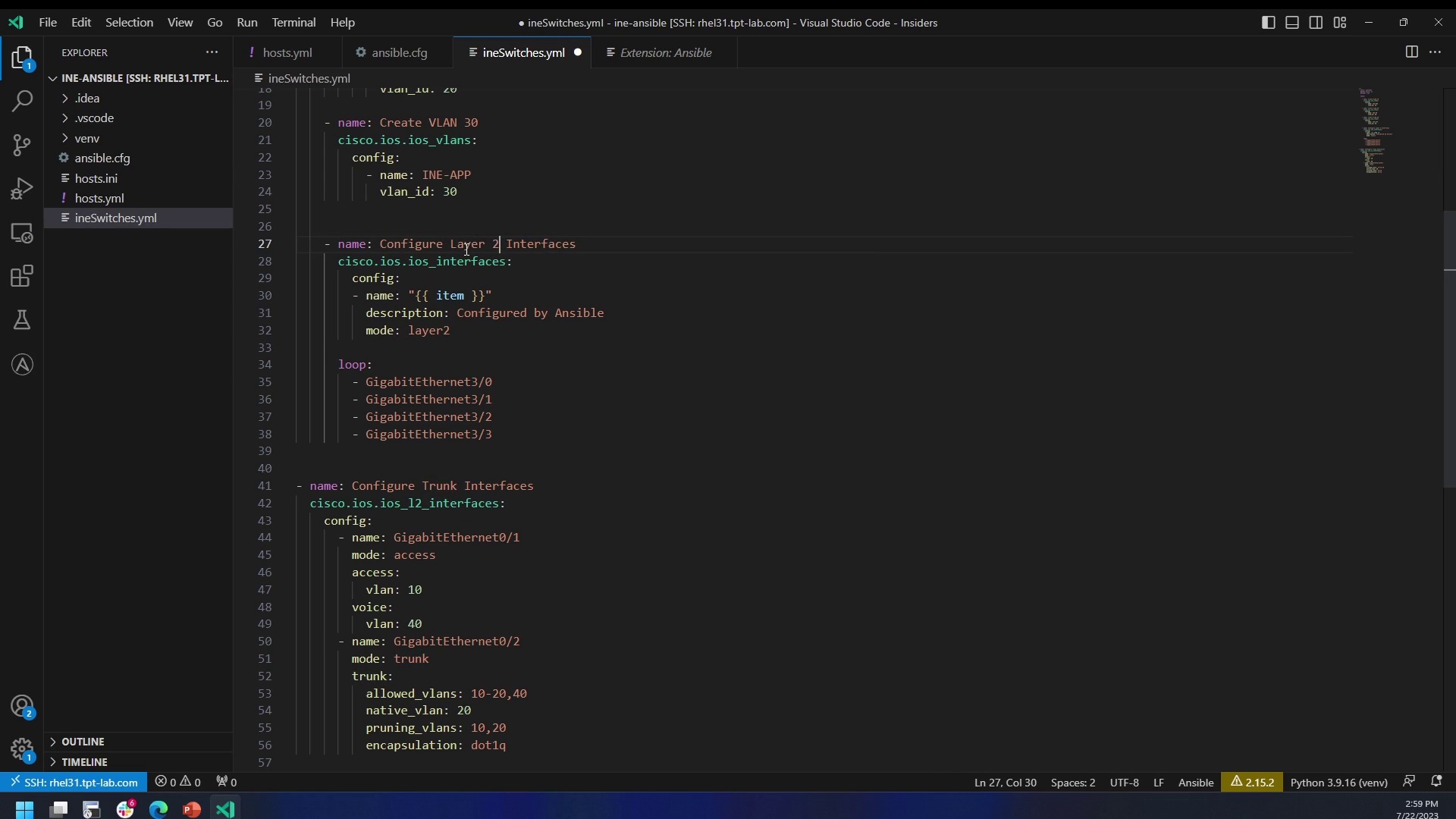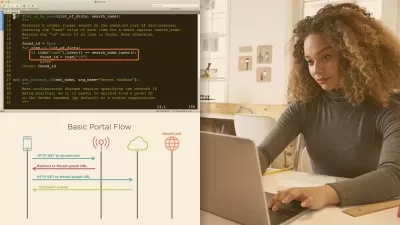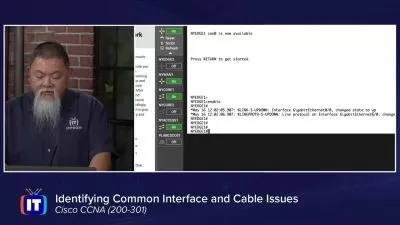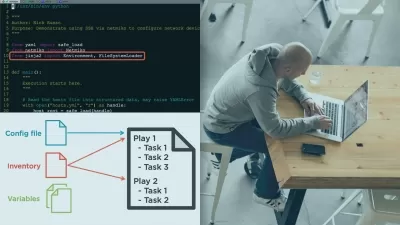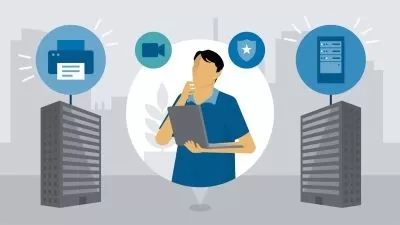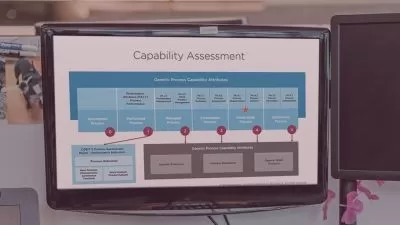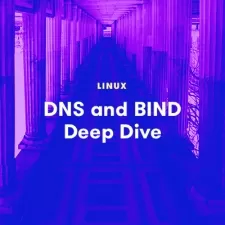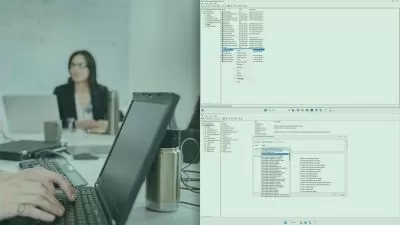CCNA 200-301: Your First Step to Become a Network Engineer!
PyNet Labs
11:28:31
Description
CCNA 200-301 Complete Course in English
What You'll Learn?
- You will have in-depth Networking Fundamentals knowledge
- You will be introduced to Networking Protocols
- You will have Security Foundational Skills
- How IP Addressing & IP Services work?
- Intoduction to Automation & Programmability
Who is this for?
What You Need to Know?
More details
DescriptionWelcome to PyNet Labs' CCNA 200-301 Course. Our CCNA course is a great fit for both, experienced and fresher in the networking domain as we cover CCNA 200-301, the latest version of Cisco Certified Network Associate.
Our CCNA full course comes with all-inclusive videos, study notes, lab exercises, assignments, and some active Q&A/quizzes to make this learning experience more interactive.
In the CCNA course, you will get an understanding of the networking fundamentals theoretically as well as practically. CCNA course provides conceptual knowledge of the latest networking technologies, security, automation, and programmability.
The modules have the required lab sessions to provide the step-by-step process to work with the networks. All the concepts are explained from the very basics to the intermediate level, and it comprises studying network fundamentals, network access, IP connectivity, IP services, security fundamentals, automation, and programmability.
Major Course Outline to be covered during the CCNA 200-301 course:
Network Fundamentals
Network Access
IP Connectivity
IP Services
Security Fundamentals
Automation and Programmability
Learning outcomes include:
Learning about networking devices, and how to install, operate, and configure them. What are the various routing protocols, how to verify IPv4 and IPv6, and basic security protocols to protect your network from threat.
Who this course is for:
- Entry-level network engineers
- Freshers
Welcome to PyNet Labs' CCNA 200-301 Course. Our CCNA course is a great fit for both, experienced and fresher in the networking domain as we cover CCNA 200-301, the latest version of Cisco Certified Network Associate.
Our CCNA full course comes with all-inclusive videos, study notes, lab exercises, assignments, and some active Q&A/quizzes to make this learning experience more interactive.
In the CCNA course, you will get an understanding of the networking fundamentals theoretically as well as practically. CCNA course provides conceptual knowledge of the latest networking technologies, security, automation, and programmability.
The modules have the required lab sessions to provide the step-by-step process to work with the networks. All the concepts are explained from the very basics to the intermediate level, and it comprises studying network fundamentals, network access, IP connectivity, IP services, security fundamentals, automation, and programmability.
Major Course Outline to be covered during the CCNA 200-301 course:
Network Fundamentals
Network Access
IP Connectivity
IP Services
Security Fundamentals
Automation and Programmability
Learning outcomes include:
Learning about networking devices, and how to install, operate, and configure them. What are the various routing protocols, how to verify IPv4 and IPv6, and basic security protocols to protect your network from threat.
Who this course is for:
- Entry-level network engineers
- Freshers
User Reviews
Rating
PyNet Labs
Instructor's Courses
Udemy
View courses Udemy- language english
- Training sessions 62
- duration 11:28:31
- Release Date 2024/06/16





